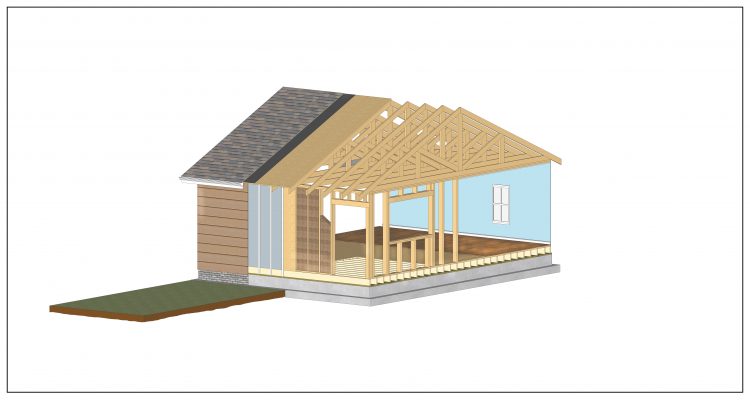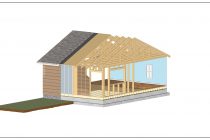Our homes protect us from outside elements, but there are also indoor elements that can negatively impact our health. They will vary with the age of the home, as different construction techniques over the years created unique air quality concerns unique to that time. By understanding the various construction details over the last 100+ years, homeowners and tenants can make better choices to ensure great air quality within their living spaces.
You can download this fact sheet by clicking here.
100+ year old homes typically have air leakage in the wood frame construction of the building, which can bring in dust and particulate, especially through the hollow walls. Their basements often leak water from the ground due to lime mortar. Air sealing the building’s frame walls, and managing moisture in the basement are key for this age of building.
Homes in the 20s-30s have insulation in them, but still poor air leakage. Their basements are better, but can still pose problems. These can often be excellent smaller homes with solid building materials.
Homes built after World War 2 were built quickly to accommodate all the returning soldiers. They had more manufactured materials than before the war. They often have cold exterior corners, which are lacking insulation, as a design detail. These are difficult to repair without gaining access to the outside of the house. Knowing the weak points, you can prevent the condensation and mould from developing by keeping corners open.
The 1960s and 1970s saw the use of manufactured materials take a dramatic hold in construction, and added to that was the increased use of chemicals in the building process. These have off-gassed by this point in time, and can be more airtight than pre-war homes. Moisture in the basement, as all other decades can still be an issue, especially if the home has never had the foundation dug out since new.
The 1980s and 1990s saw larger homes, built in the age of “flipping” and “house as an investment, not a home” mentality. These larger spaces did not always mean better quality, and with the more complicated designs came more potential for mould due to leaks and failures. Homes became more airtight in later years, an improvement in comfort and air quality, but with more chemicals added to finishes, cabinets, and floorings, these chemicals stayed longer in homes. Most will have off-gassed, but sensitive people may still have issues.
21stCentury homes have more air sealing, more complex chemicals used in construction and lack of ventilation. These homes can still be off-gassing, and if there are water leaks, they are less durable due to the manufactured wood materials used, instead of solid wood.
All homes of all ages have the potential to be healthy. By understanding the construction, and the areas of concerns, you can create your own healthy house.
Want to learn more on this issue? Click the comprehensive online course, here below.


